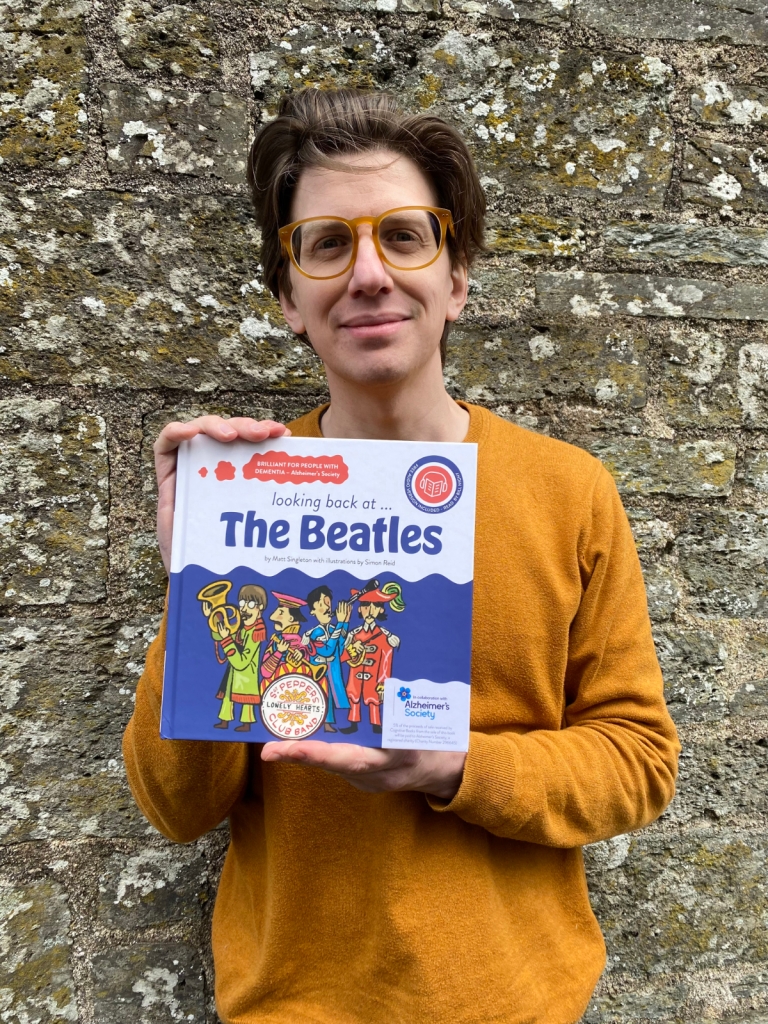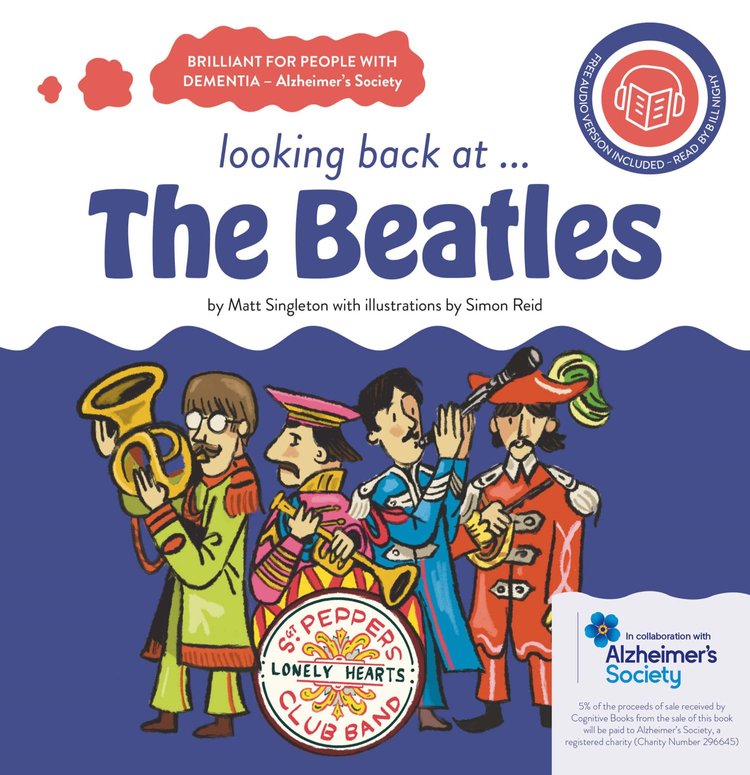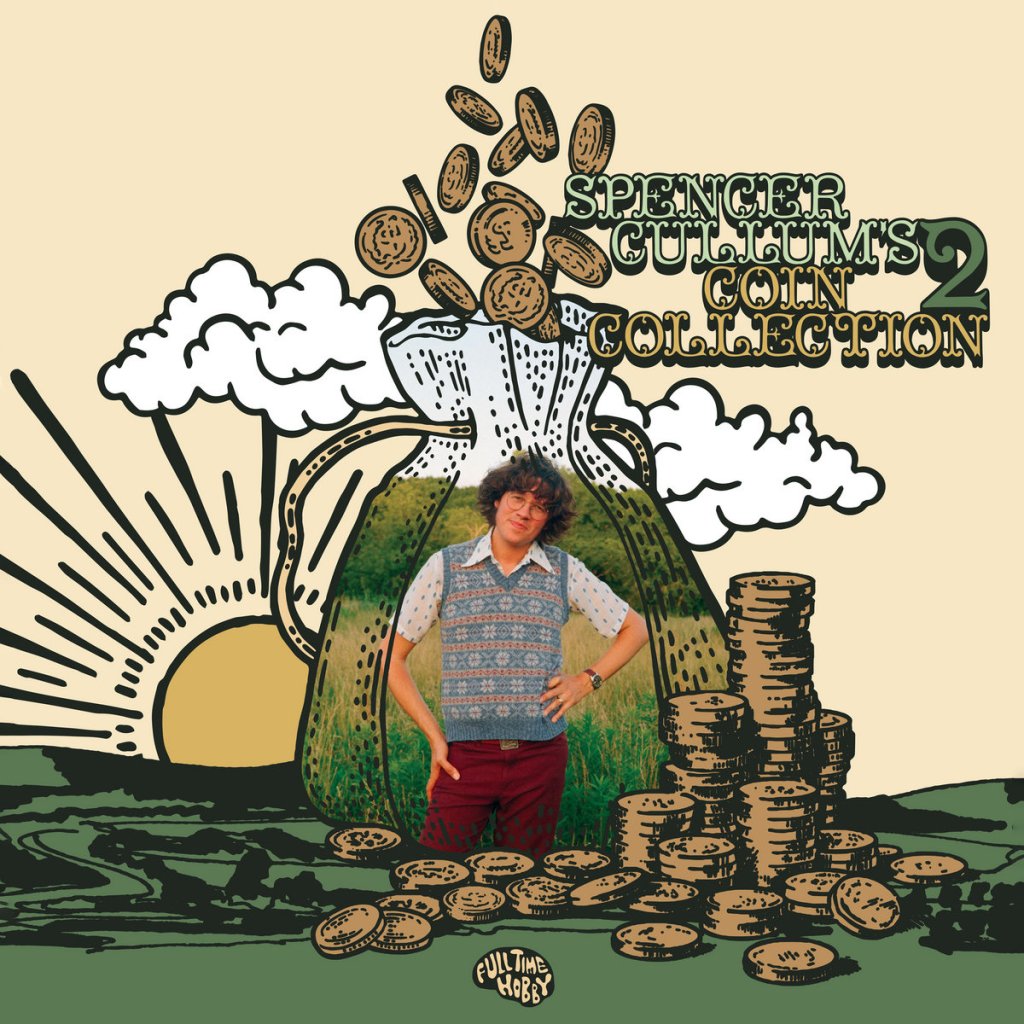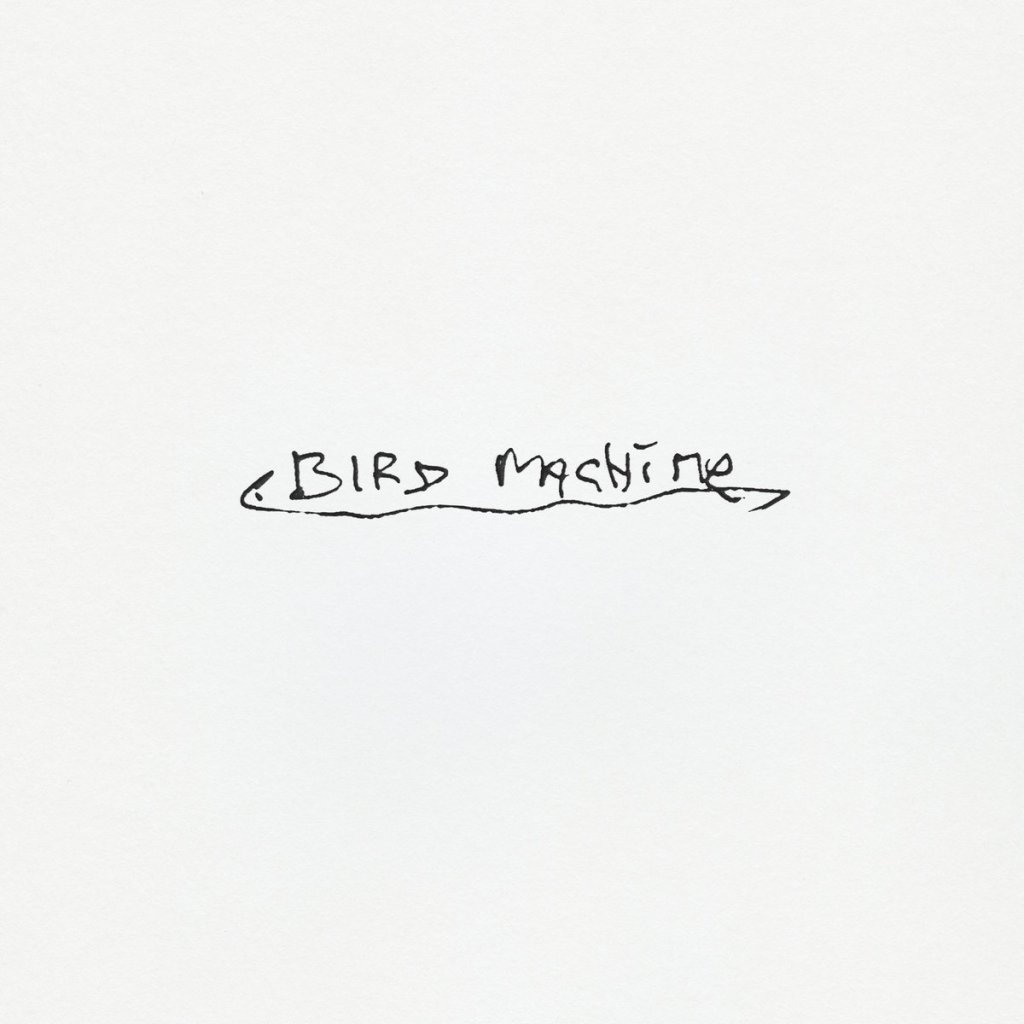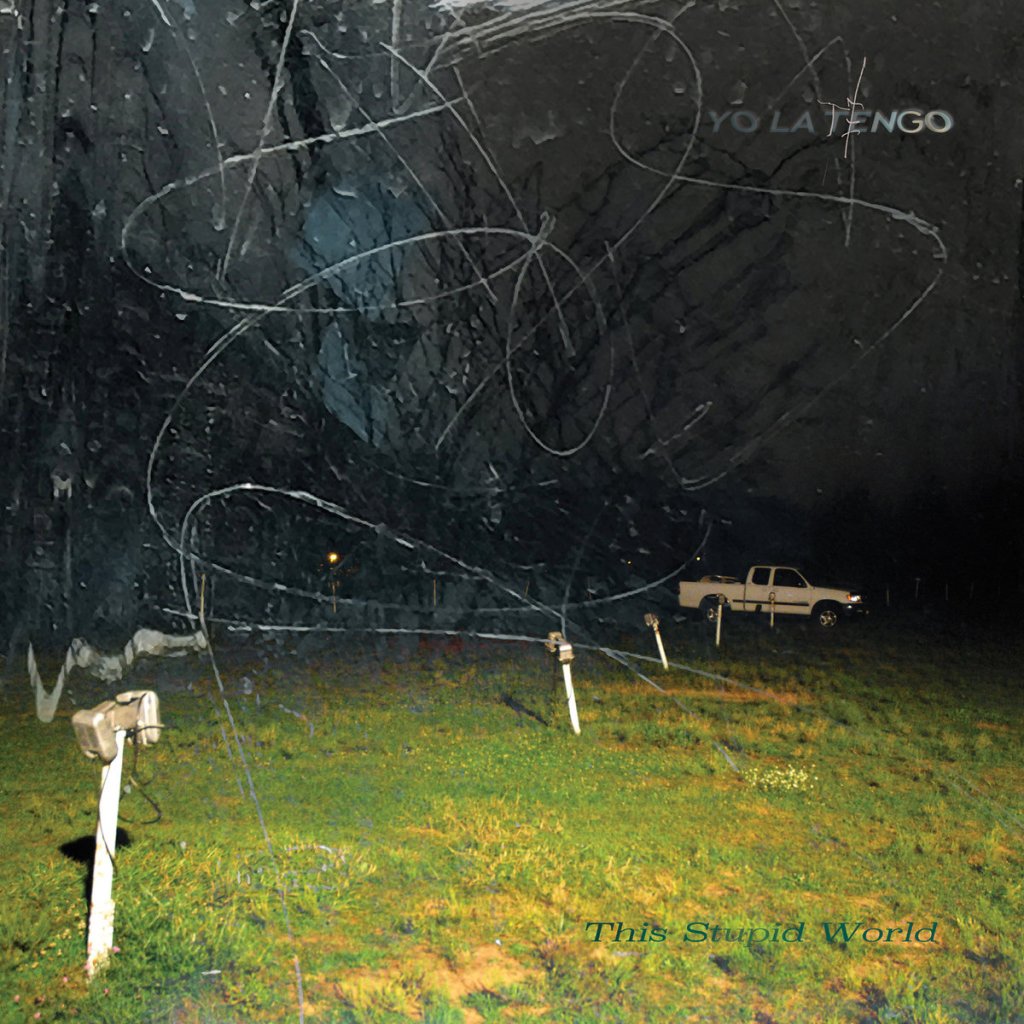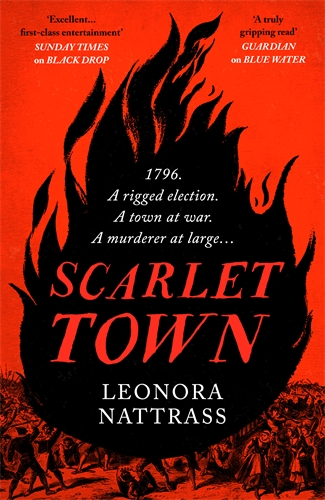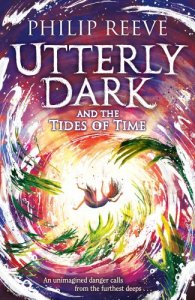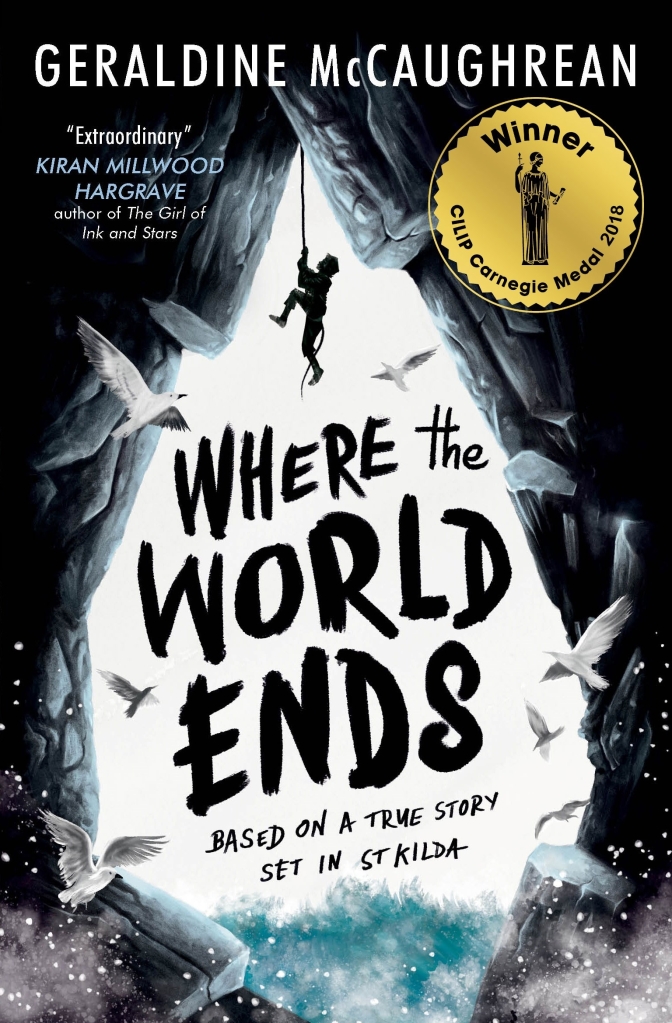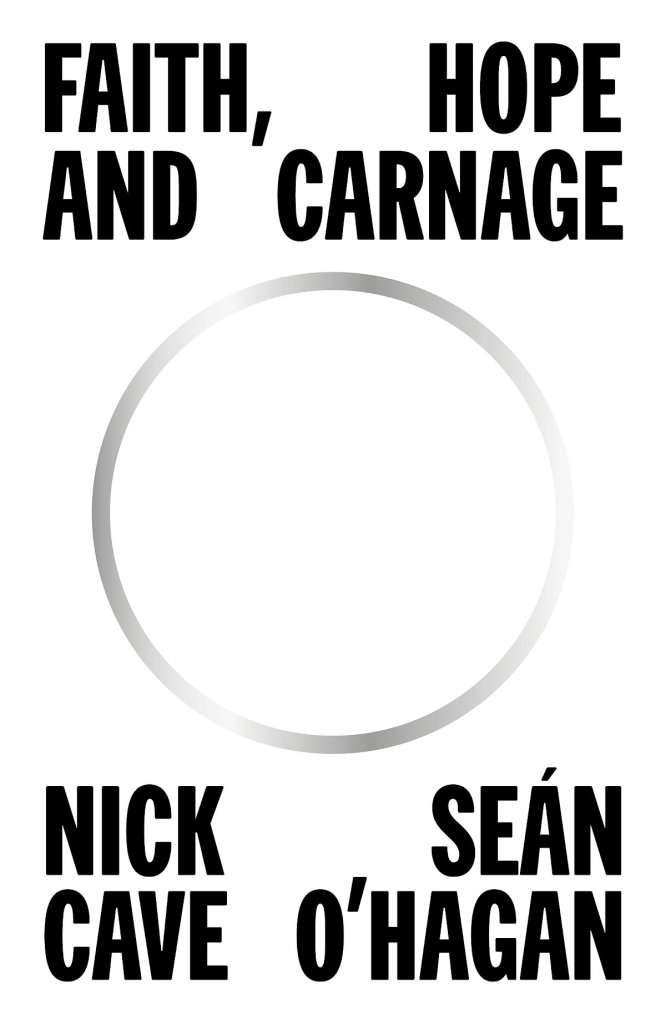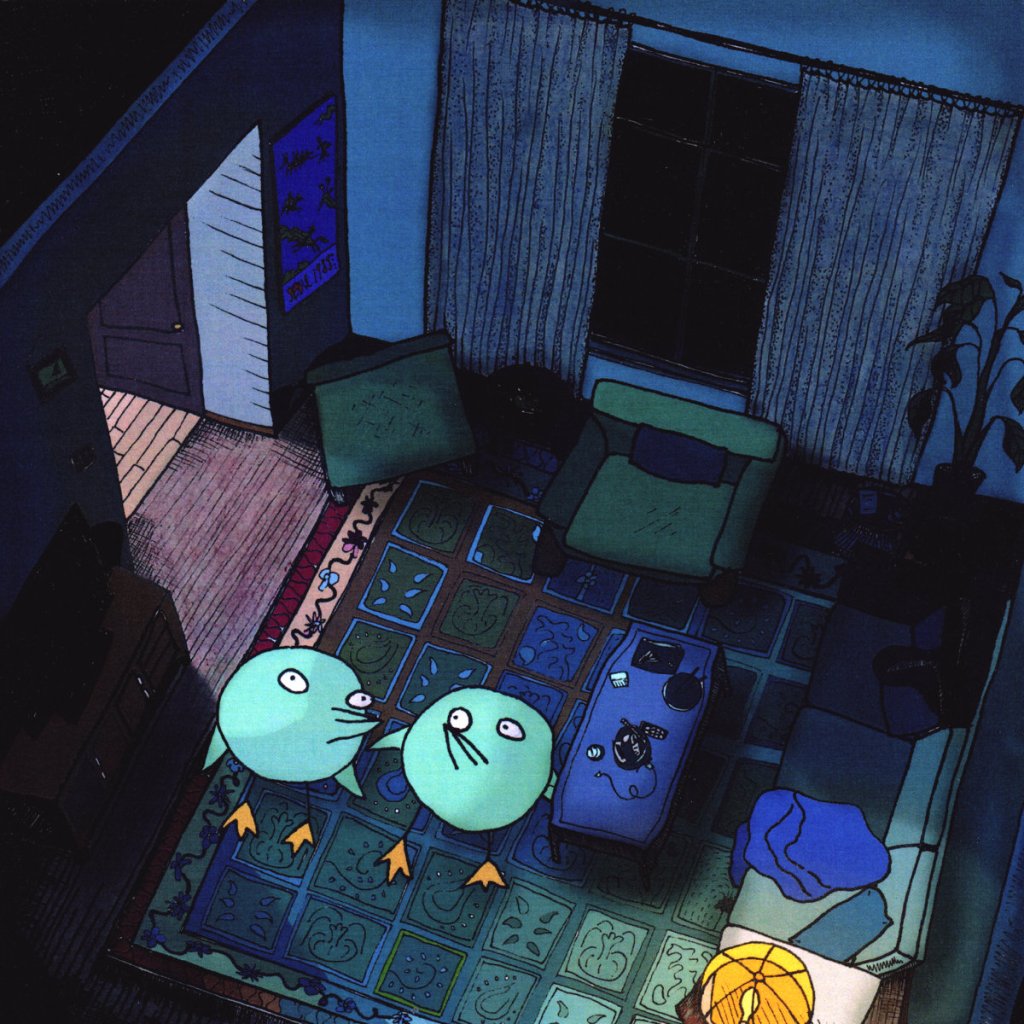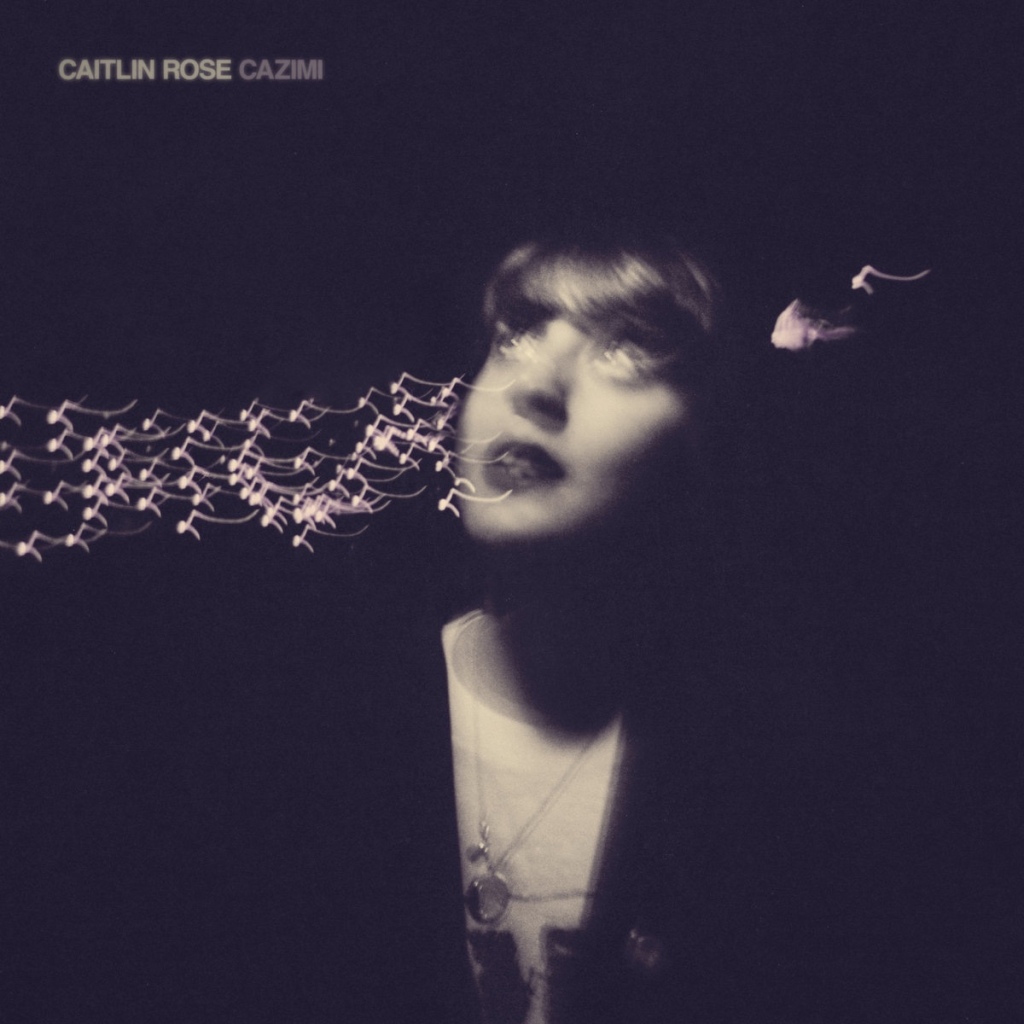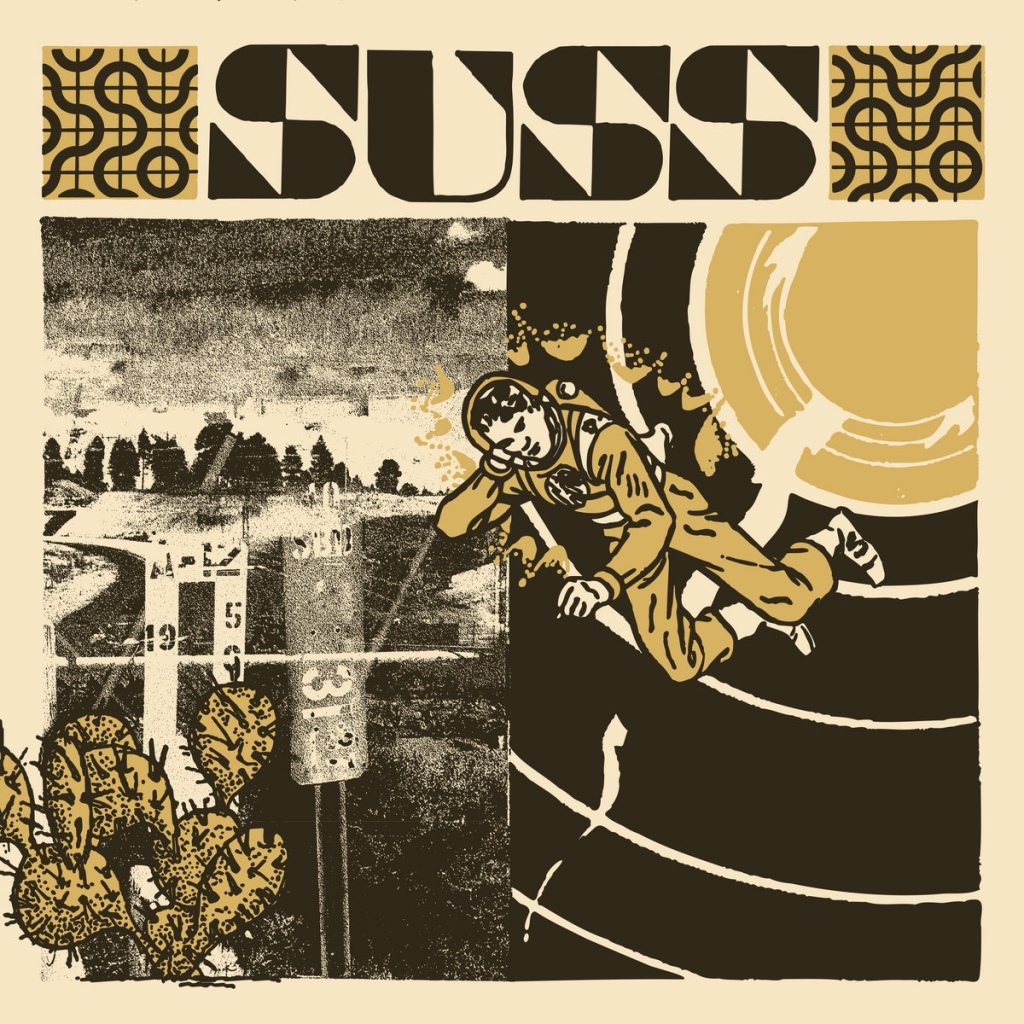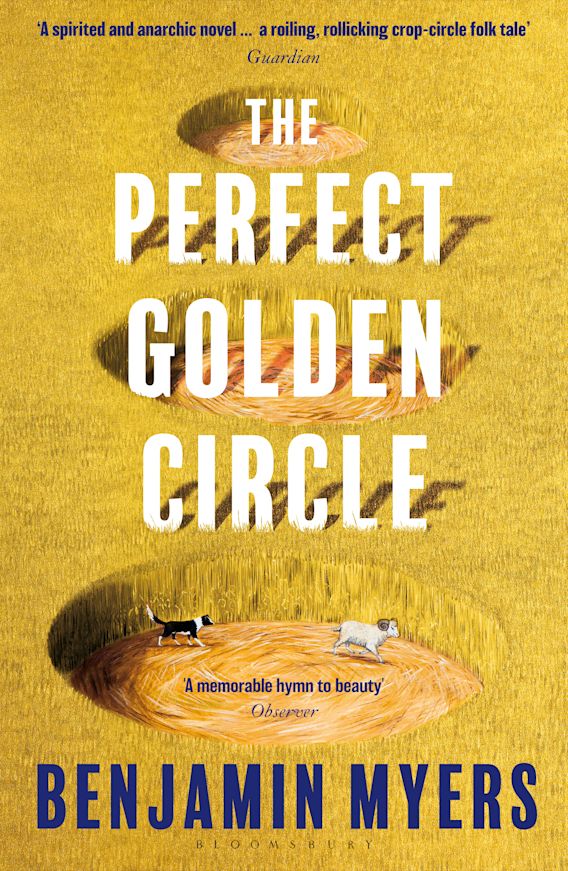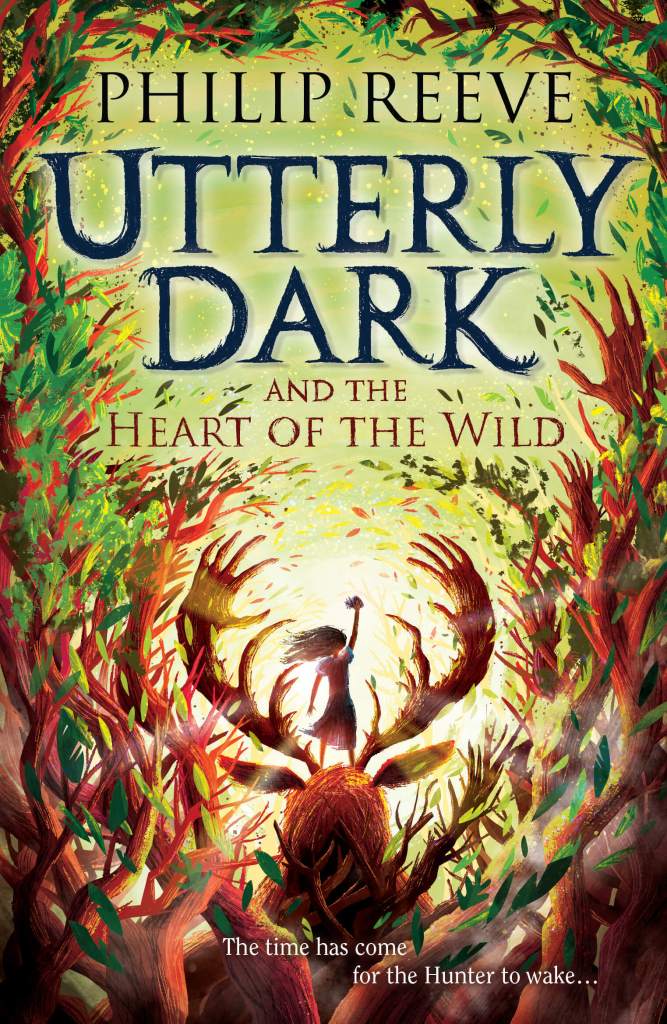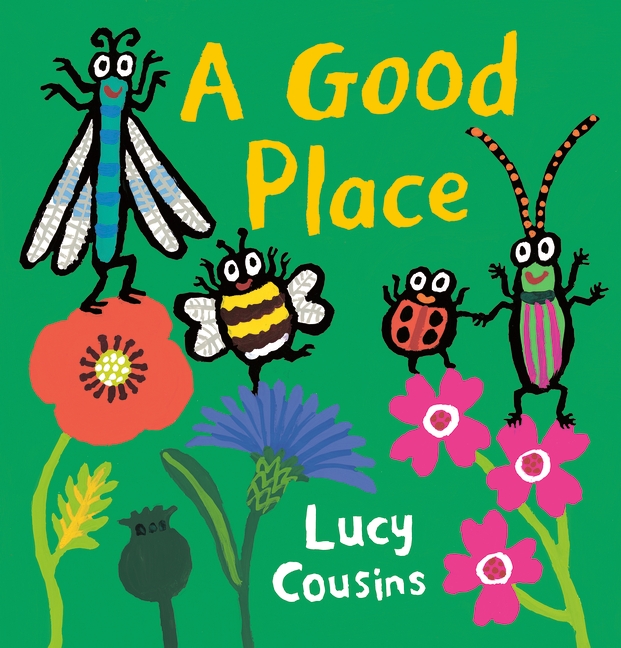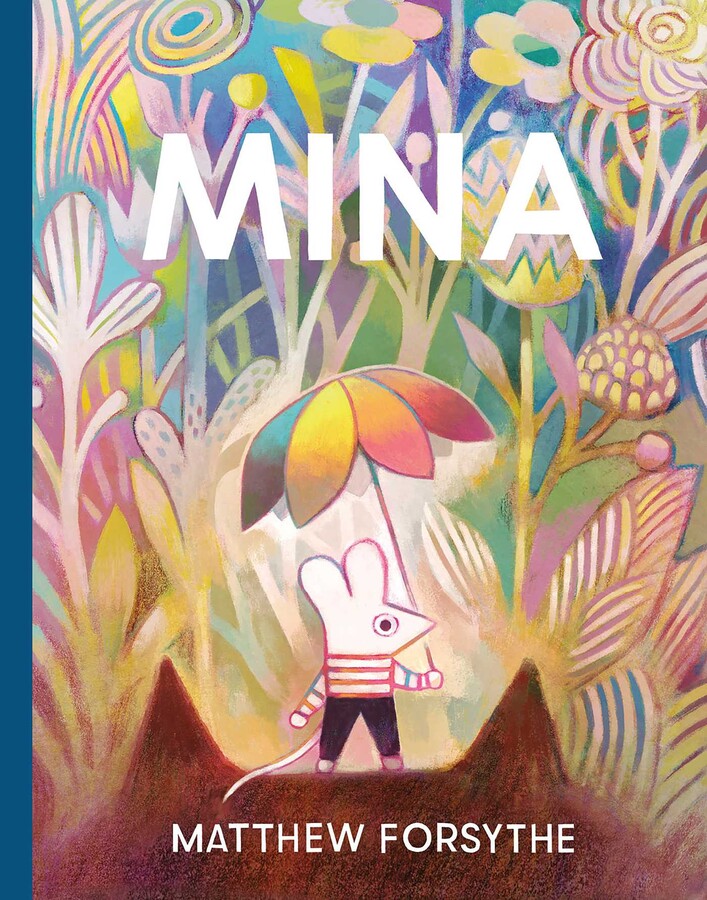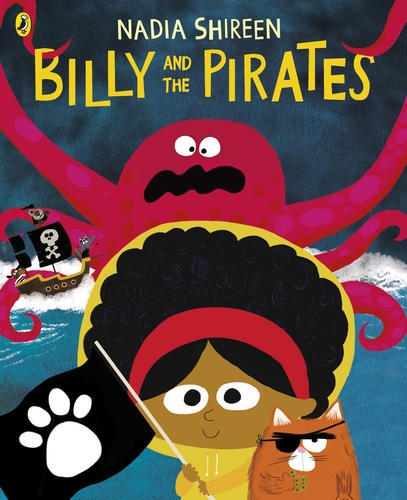I’m proud to have illustrated looking back at…The Beatles (Cognitive Books), which tells the Beatles story from their early days ripping it up in the Cavern and Hamburg, through to the breakup, just seven world-changing years later.
With its rhyming text by Matt Singleton, the book has been carefully developed in close collaboration with the Alzheimer’s Society, so that it can be enjoyed by people living with dementia or other cognitive difficulties, many of whom struggle to read and may have given up followed a diagnosis. You can read more about the project at Cognitive Books’ site.
I’m pleased that this week the book is now out in the world complete with an audio version narrated by the terrific Bill Nighy, and that I can share some of this work with you. Here are four of the final illustrations.

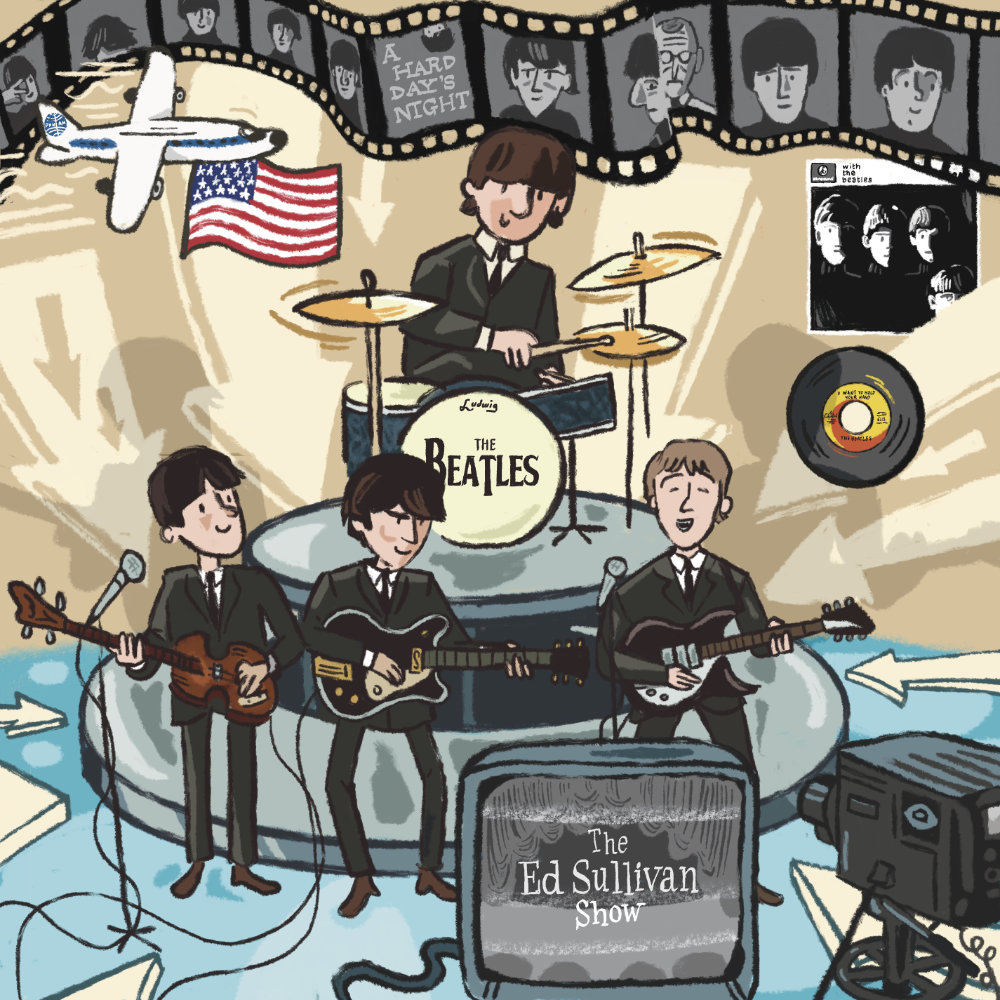
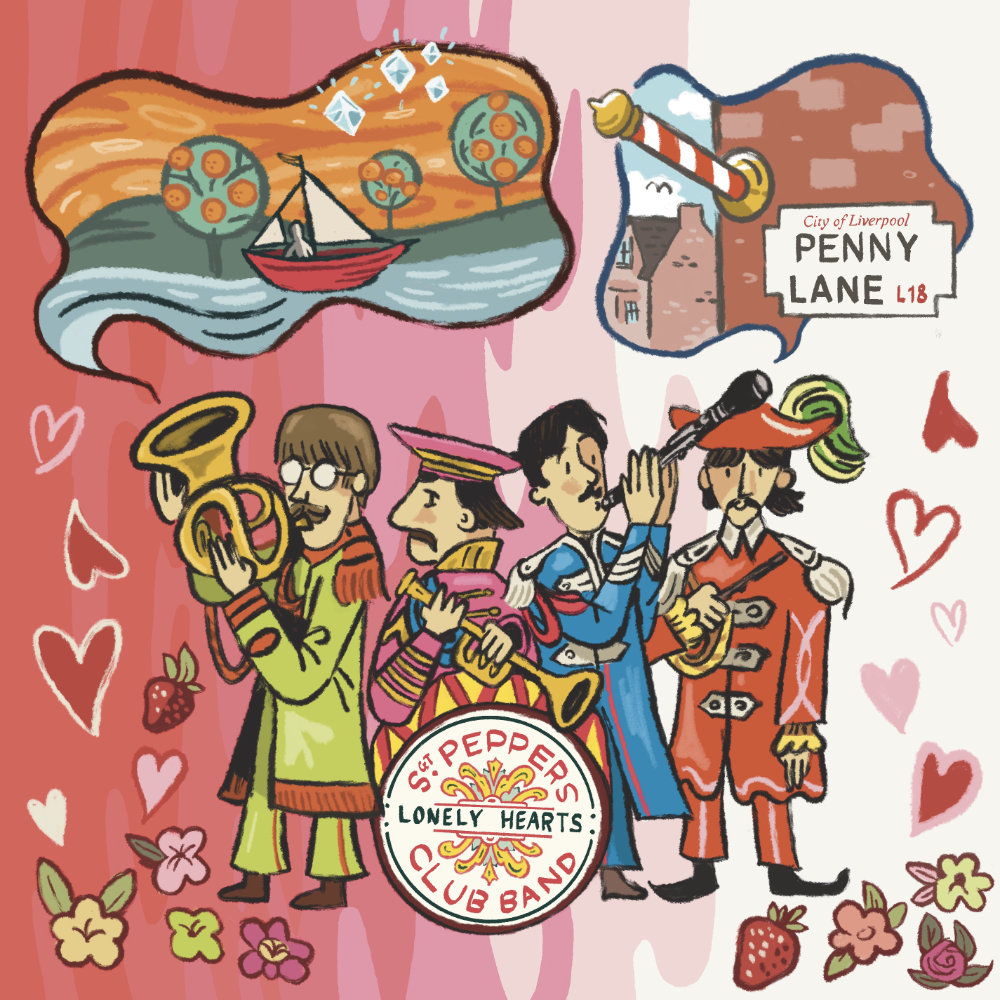
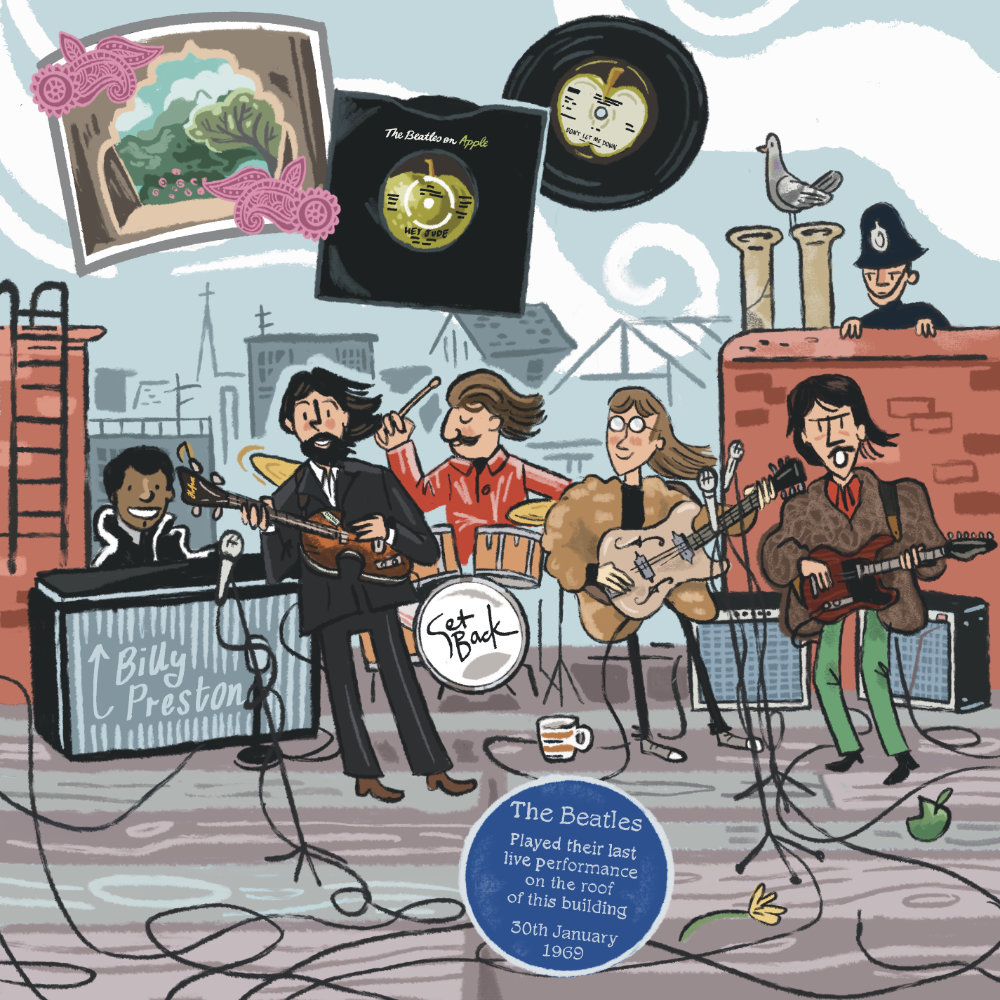
Although I’ve been commissioned to draw the Beatles in a few different ways in recent years, this was a rare chance to dive deep into a subject I know and love, exploring the whole story. As you can see, I had fun picking up on all the references in the text and adding plenty of extra details for fellow fans to spot. Watching my Anthology DVDs so many times paid off here!
I thought I’d share are a couple of the early roughs, seeing as you’ve read this far – a few things got shuffled around, cut or added as the book took shape.
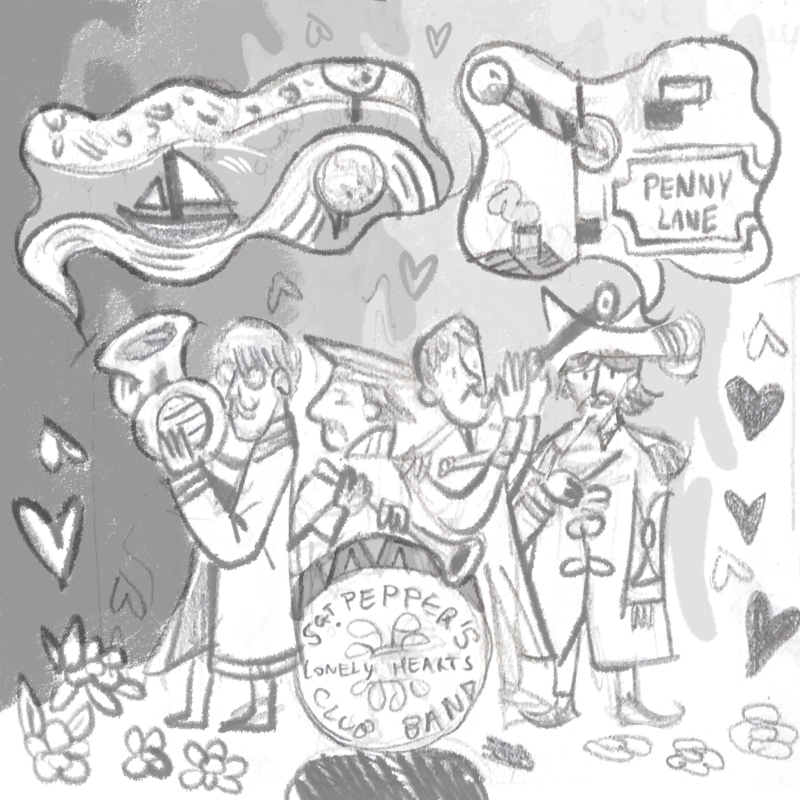
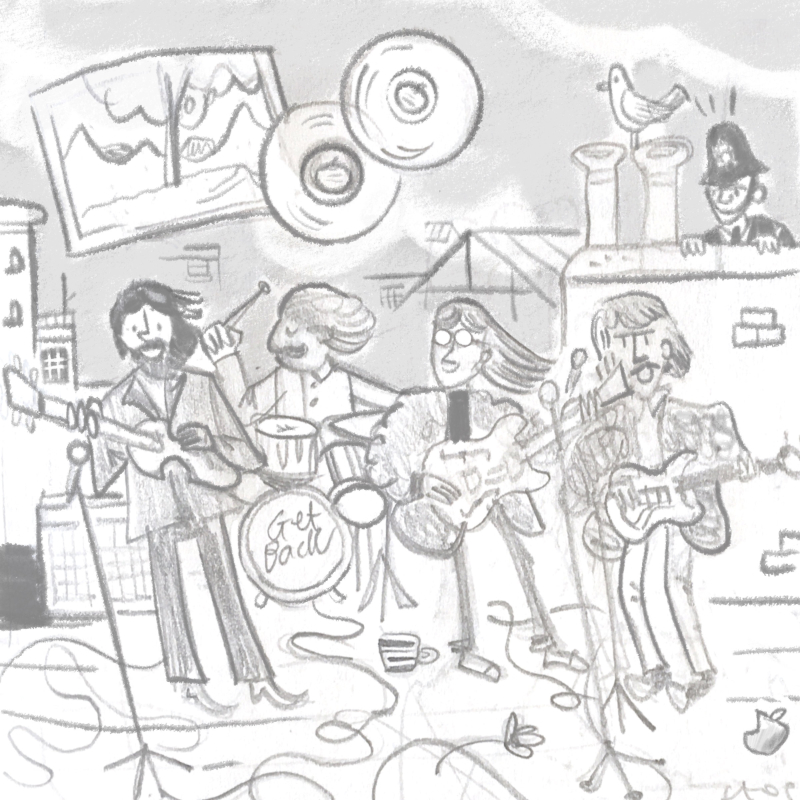
I’m delighted that the book’s had a really positive launch this week, with coverage on The World at One and BBC Breakfast among other things. It’s great that it will be helping people with dementia rediscover the joy of reading, and even connecting them to their memories of this most beloved of bands. As well as from the usual bookshops, the book can be ordered from the Alzheimer’s Society, helping to support the work they do to give help and hope to people suffering from this dreadful condition.
